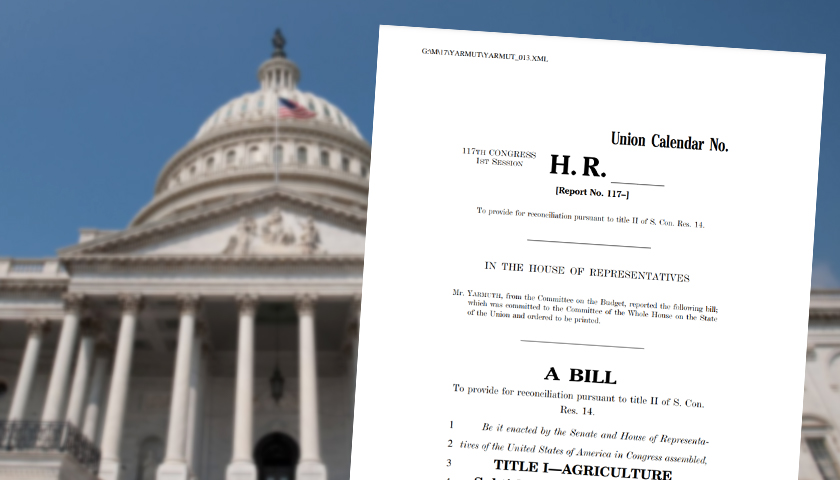The cover of the August 18, 2019, issue of the New York Times Magazine was adorned with a photograph of a blackish, foreboding ocean captioned by these words: “In August of 1619, a ship appeared on this horizon, near Point Comfort, a coastal port in the British colony of Virginia. It carried more than 20 enslaved Africans, who were sold to the colonists. America was not yet America, but this was the moment it began. No aspect of the country that would be formed here has been untouched by the 250 years of slavery that followed. On the 400th anniversary of this fateful moment, it is finally time to tell our story truthfully.”
What greeted the reader once he turned past an advertisement for a new, highly revisionist Broadway production of To Kill a Mockingbird was a reiteration of the initial message, boldly announced in giant white type. The number 1619 took up two-thirds of the vertical space against a black background. An introduction by New York Times Magazine editor Jake Silverstein appeared beneath the giant “1619” in the same white print, but much smaller: “It is not a year that most Americans know as a notable date in our country’s history. Those who do are at most a tiny fraction of those who can tell you that 1776 is the year of our nation’s birth.”
Read More





























